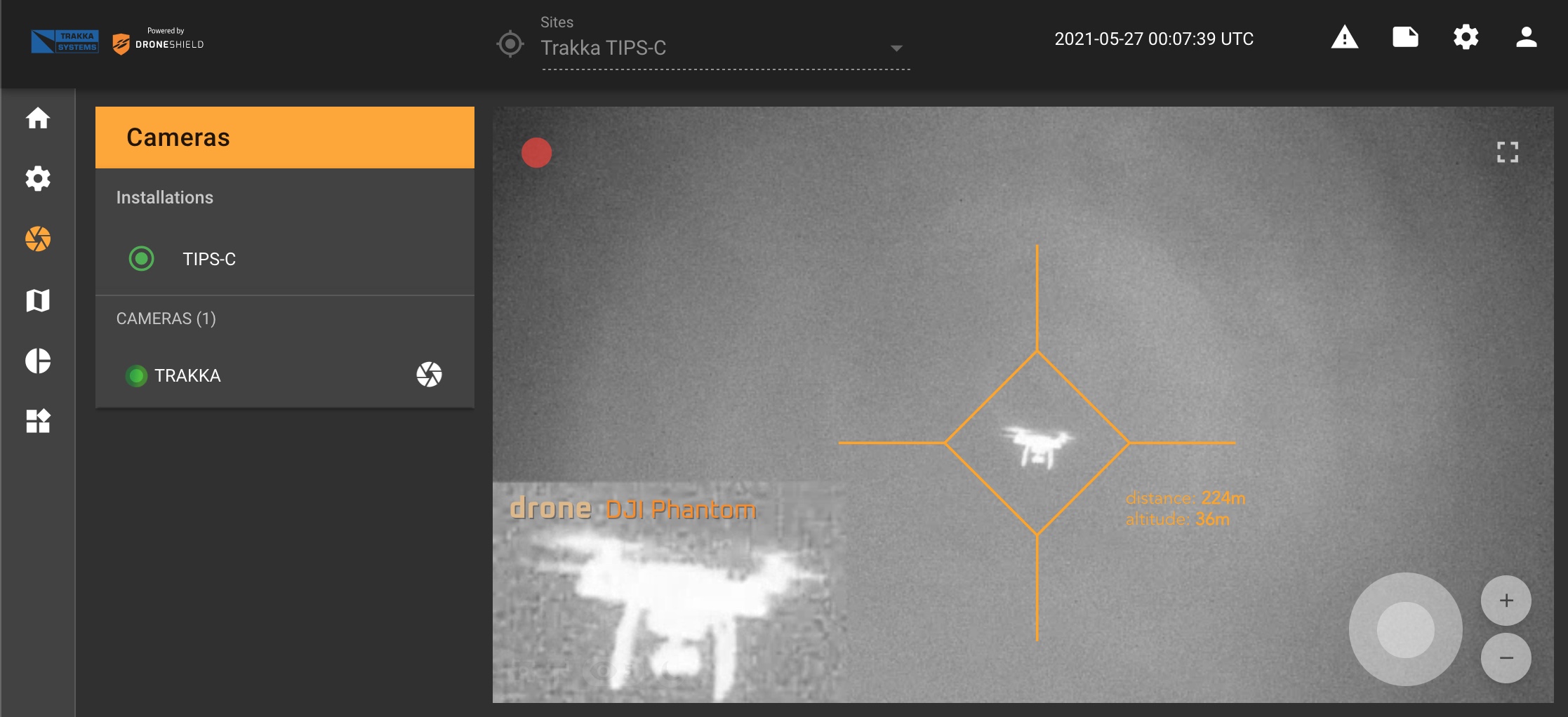The original DroneOptIDTM system, developed in collaboration with the University of Technology Sydney (UTS) under a Defence Innovation Network grant from the Australian Government, has paved the way into a sophisticated AI-based software engine to detect, classify and track small, rapidly moving UAS, as well as their payloads.
The updates include a substantial overall enhancement of the engine, effectiveness in a wider range of environments including night-time via thermal sensors, improved detection and classification of UAS payloads and cutting-edge technology estimating the target distance and altitude from the sensor.
The update is provided as part of the overall the DroneSentry-C2TM command-and-control ecosystem. The software processes imagery from a number of third-party camera hardware partners, including TRAKKA cameras, as part of the on-vehicle TIPS-C solution.

DroneShield utilises its proprietary techniques in signal processing and Machine Learning/AI to do near-real time detection and identification of unmanned robotic systems, with DroneOptIDTM being the optical sensor stream of work in parallel with RFAI cutting edge software engine in the radiofrequency sensing space.
The software is designed to run on all DroneSentryTM platforms incorporating a camera sensor.
Oleg Vornik, DroneShield’s CEO, commented, “DroneOptIDTM carries our cutting-edge AI capabilities in the optical/thermal space, along with out RFAI global leadership in the AI processing of the radiofrequency spectrum. In addition to enabling a variety of cameras substantially enhanced capabilities of target tracking via a layer of software, it also opens the door to a variety of sophisticated target tracking applications on battlefield, cluttered urban and other complex environments, for a variety of threats, which is of interest to our existing and prospective Government and military customer base.”

